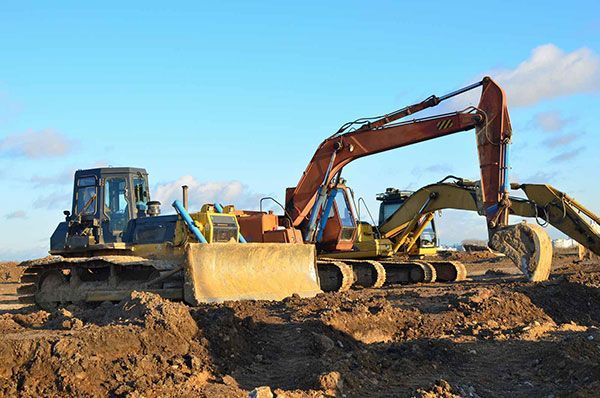Understanding different welding methods used for fabrication
Welding is a fundamental process in the world of fabrication and is integral to constructing everything from small components to large structures. With various welding techniques available, this blog will discuss the methods we employ at ST Engineering and their unique advantages for specific applications.
Exploring various welding techniques
The world of welding offers a broad range of methods, each with its own set of characteristics, suited to specific types of fabrication work. Among the most commonly used techniques are MIG (Metal Inert Gas) welding, TIG (Tungsten Inert Gas) welding, and Stick welding (Shielded Metal Arc Welding).
MIG welding, popular for its speed and ease of use, utilises a continuously feeding wire that can be used across different metals and thicknesses, making it ideal for a range of applications, from DIY projects to automotive manufacturing.
TIG welding, on the other hand, is known for its precision and is primarily used for welding thin sections of stainless steel and non-ferrous metals like aluminium, making it a favourite in industries requiring high-quality finishes such as aerospace and custom metalwork for heavy machinery.
Traditional and advanced methods
While MIG and TIG represent more modern welding techniques, traditional methods like Stick welding still hold significant importance in today's industrial world. Stick welding is valued for its simplicity and strength, especially in outdoor or rough environments where other methods might not be feasible and is widely used in construction and industrial repairs.
Additionally, we see advancements with techniques like Flux-Cored Arc Welding, which is similar to MIG but uses a special wire filled with flux, and Laser Beam Welding, which uses concentrated laser beams and is prevalent in high-volume, precision-required industries such as automotive and electronics manufacturing.
Choosing the right method for your project
Selecting the right welding method depends on various factors including the material type, thickness, the desired quality of the weld, and the working environment. At ST Engineering, we offer a range of
fabrication and welding services and can help you decide which of our welding techniques can best suit your fabrication needs.
Contact our friendly team today and see how we can provide you with personalised solutions.




